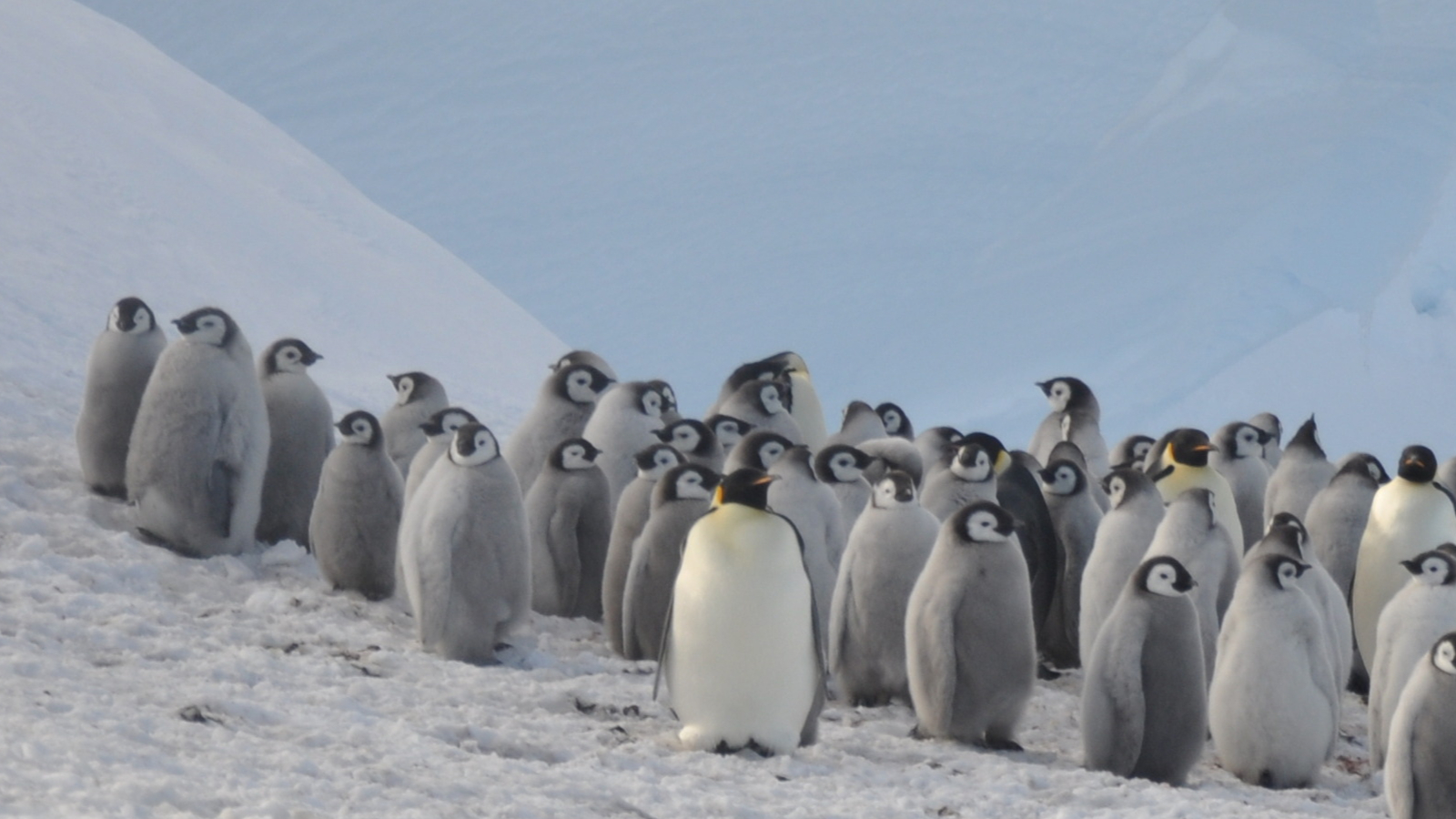Best camera lenses 2025: The best lenses for photos and videos
Whether you’re looking for a long telephoto, fast prime or ultra-wide angle lens, our best camera lenses guide for 2025 has you covered, tested and reviewed by experts.
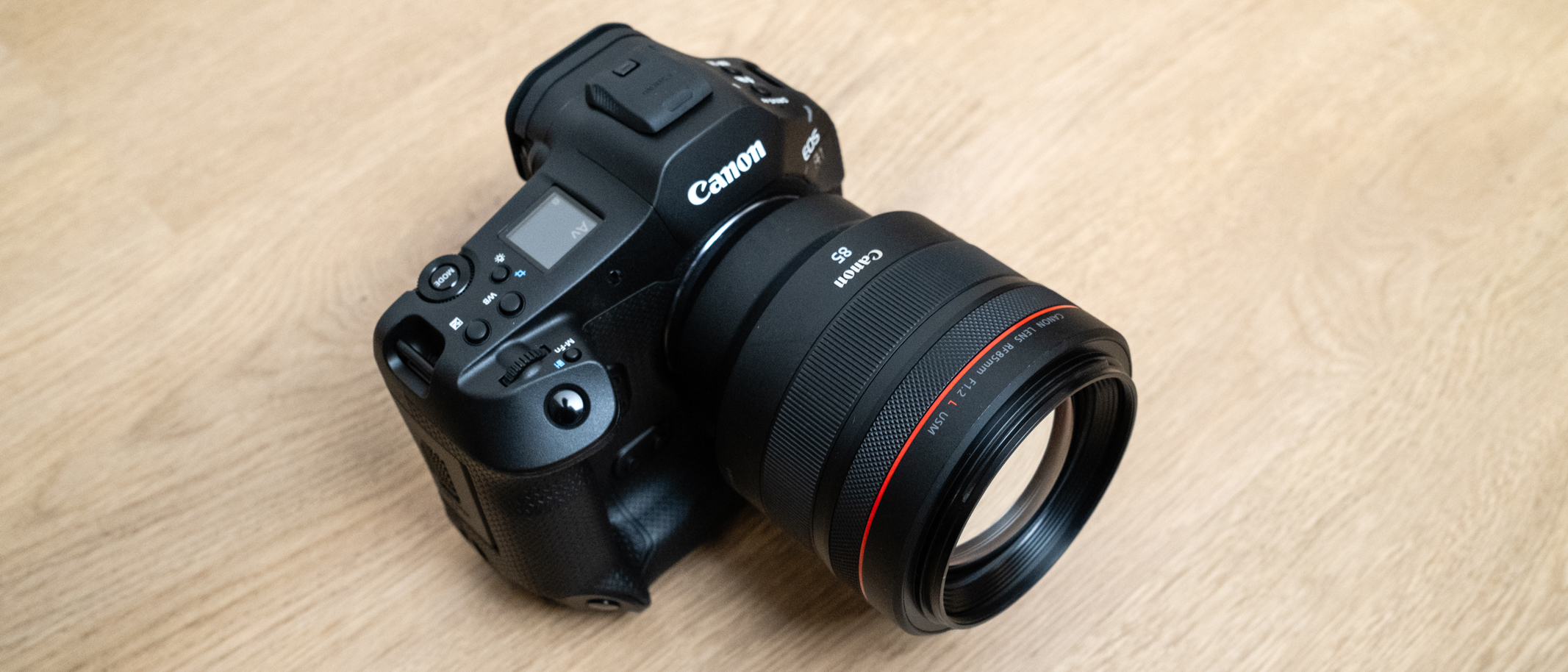
When you own one of the best cameras for photos and videos, you’ll naturally want to pair it up with one of the best lenses for astrophotography or one of the best zoom lenses. Conversely, even if you own a basic entry-level camera, investing in the best glass you can afford can often be a more economical upgrade than a new camera.
What’s more, having the best lenses means you will want to keep them when the time eventually comes to make a camera upgrade. So, the lenses in this guide will, of course, in many cases, depend on the lens mounts available and whether they’re compatible with your camera, but what they all share in common is that they’re perfect for capturing photos and videos.
Being the best lenses overall, we have a wide selection of lens types available, ranging from long telephotos perfect for capturing the moon, fast primes for optimal night sky exposures, alongside ultra-wide-angle zooms and even a fisheye lens for capturing the widest field of view possible. You might also want to invest in one of the best star trackers to further improve your ability to capture the night sky for the best results possible.
The quick list
Below you'll find an overview of all the lenses included in this guide, with some pros and cons to help you find the ones that best suit your needs and budget. In this section, you will find links to read more detailed reviews of the products you're most interested in.
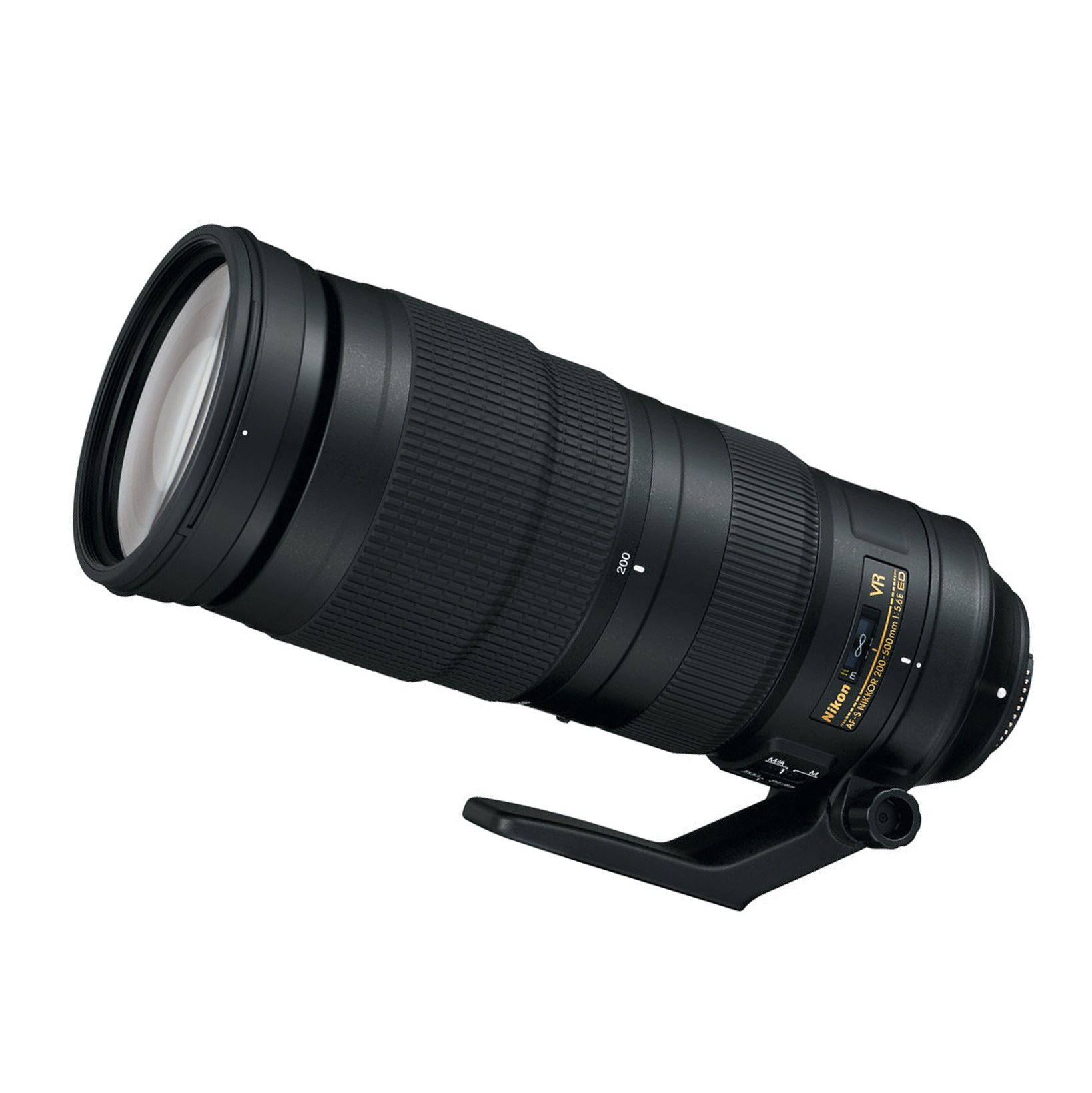
Best telephoto zoom
The Nikkor AF-S 200-500mm f/5.6E ED VR lens is an attractively priced long telephoto zoom that can be used with Z-series cameras using the FTZ II adaptor.
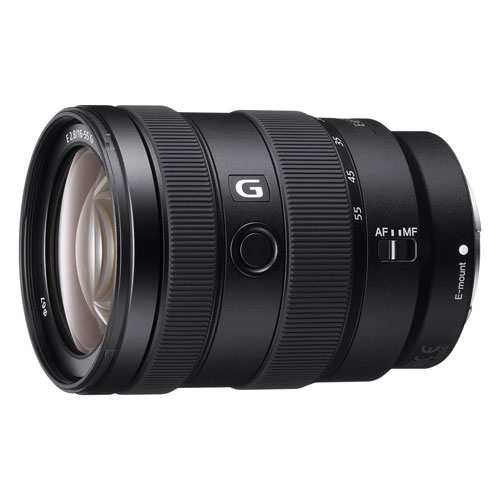
Best wide-angle zoom
With an equivalent focal range of 24-82.5mm, the Sony E 16-55mm f/2.8 G is a must-have standard zoom for Sony E-Mount APS-C cameras.
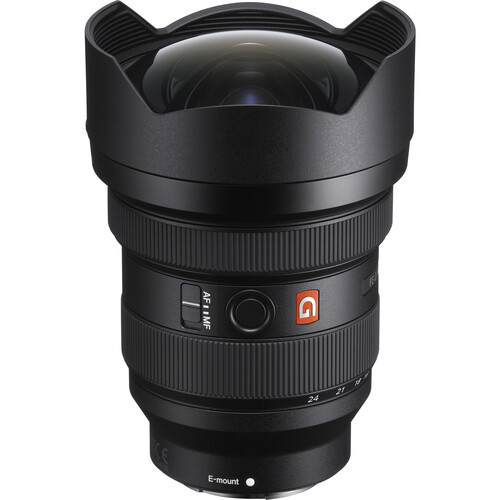
Best ultra-wide zoom
If you’re looking for a top-quality ultra-wide-angle zoom for your full-frame Sony E-Mount camera, look no further than the Sony FE 12-24mm f/2.8 G Master.
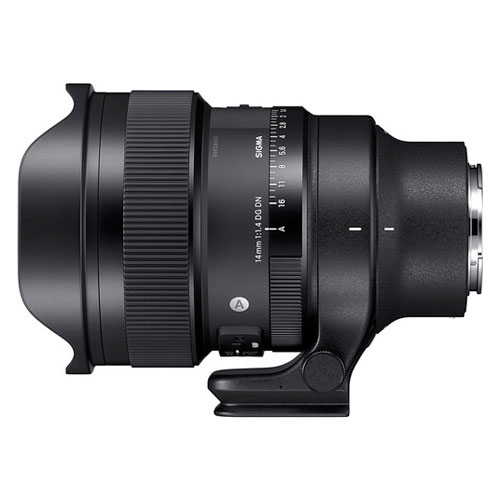
Best wide-angle prime
The Sigma 14mm f/1.4 DG DN Art is an incredibly fast ultra-wide-angle prime with excellent build quality, but it’s large and heavy.
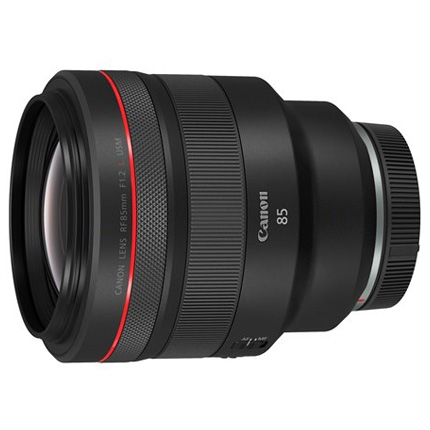
Best 85mm
The Canon RF 85mm f/1.2L USM is an incredible lens offering exceptional image quality, but it's also quite large, heavy and expensive.
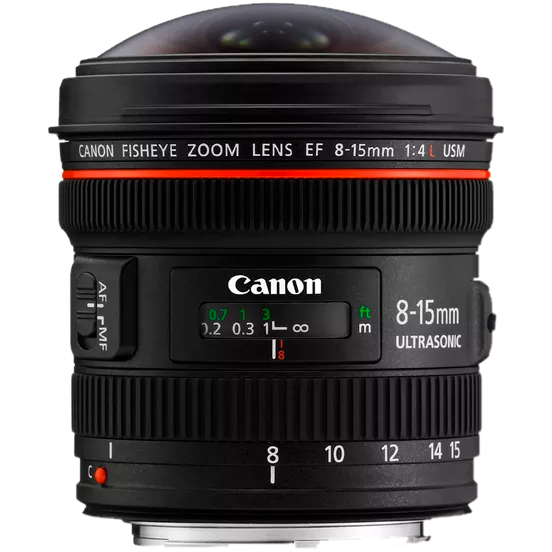
Best fisheye
The Canon EF 8-15mm f/4L Fisheye USM is an EF-Mount lens offering great image quality and an impressive 8-15mm fisheye perspective.
The best lenses we recommend in 2025
Why you can trust Space.com
Best telephoto zoom
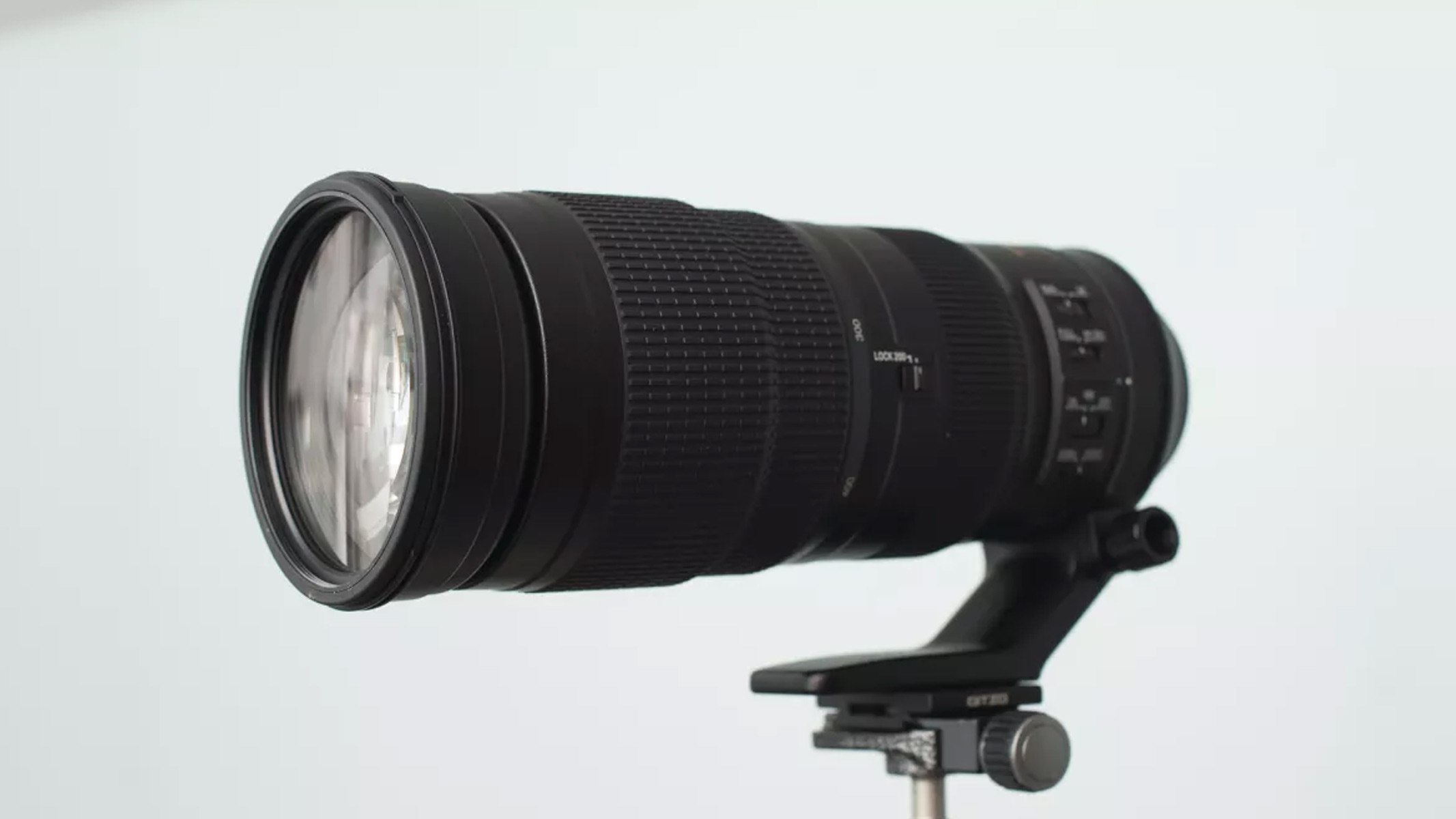
Nikkor AF-S 200-500mm f/5.6E ED VR lens
Our expert review:
Specifications
Reasons to buy
Reasons to avoid
✅ You want a bargain: being an older F-Mount lens, it’s competitively priced new and can be picked up cheaply second-hand.
✅ You need a long tele zoom: With its 200-500mm focal range and constant f/5.6 aperture, this is a fantastic option for moon shots.
❌ You don’t want an adapted lens: If you shoot with a Nikon mirrorless camera, you’ll need the Nikon FTZ II adaptor to use this lens.
❌ You’d prefer a newer lens: If you shoot with a Z-Series camera, you may prefer a more modern equivalent lens, although it will be more expensive.
🔎 The Nikkor AF-S 200-500mm f/5.6E ED VR may be an older F-Mount lens, but this means it’s extremely well-priced and can be used with Z-Mount cameras using an adaptor. The long focal range and constant maximum aperture are also attractive features. ★★★★½
The Nikkor AF-S 200-500mm f/5.6E ED VR is the longest Nikon-made F-Mount lens available, and it remains an attractive option despite Nikon’s move to the mirrorless Z-Mount. This lens is ideal for moon, aviation, sports and wildlife photography. It’s also attractively priced, meaning you can enjoy a long reach at a bargain price.
Design: This is naturally a fairly large and heavy lens at nearly 10.6 inches / 27 cm long with a weight of 5 lbs / 2.27 kg. This means that it’s often going to be best paired with a tripod or monopod for more comfortable use. The lens includes a tripod collar and foot, a lens hood and offers a constant f/5.6 maximum aperture.
Performance: In our Nikkor AF-S 200-500mm f/5.6E ED VR lens review, we were impressed by the overall image quality produced by the lens. Chromatic aberration is minimal, although there is a small amount of vignetting. Both can be easily removed in editing software such as Adobe Lightroom.
Functionality: The Nikkor AF-S 200-500mm f/5.6E ED VR features an internal focusing mechanism so the front element doesn’t rotate during focusing, while the Silent Wave Motor provides fast and quiet autofocus. Vibration Reduction with up to 4.5 stops of support is also available to help you capture sharper shots handheld.
Read our full Nikkor AF-S 200-500mm f/5.6E ED VR lens review
Attributes | Notes |
|---|---|
Design | Well-built with useful controls available. |
Performance | Ideal for deep sky astrophotography. |
Functionality | Effective manual and autofocus. |
Best wide-angle zoom
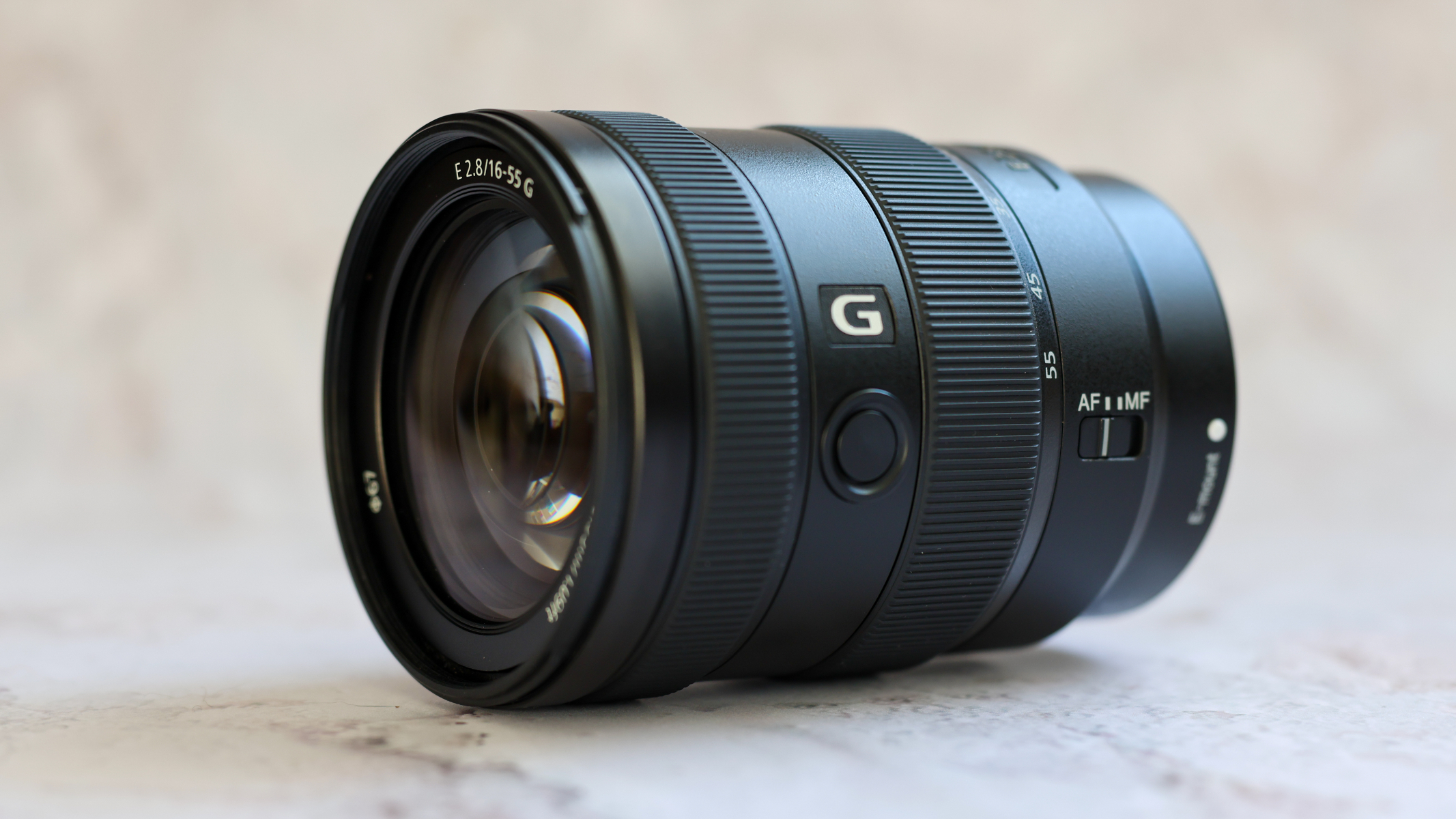
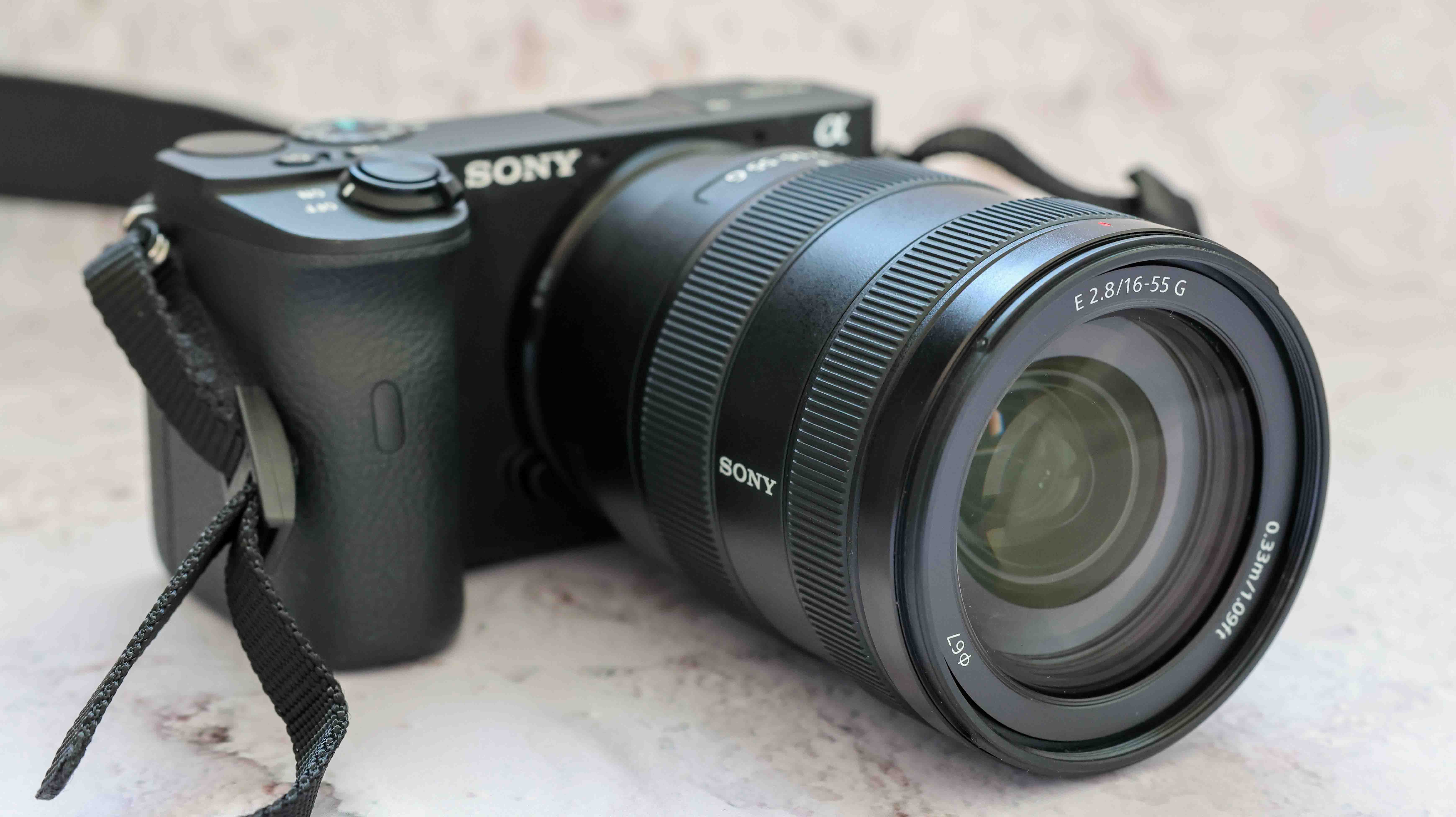
Sony E 16-55mm f/2.8 G
Our expert review:
Specifications
Reasons to buy
Reasons to avoid
✅ You need a workhorse lens: This is a lens that can be used for an incredibly wide range of subjects, including astrophotography.
✅ You’d like a fast zoom: Thanks to its constant f/2.8 aperture, the light-gathering capability of the lens is respectable.
❌ You need a wider lens: If you need an ultra-wide-angle lens for your Sony APS-C camera, you’ll need a 10mm or 12mm minimum focal length.
❌ You’d like a faster aperture: Prime lenses typically have faster maximum apertures of f/1.8 or wider.
🔎 The Sony E 16-55mm f/2.8 G is the best standard zoom available for E-Mount APS-C cameras, thanks to its 24-82.5mm equivalent focal range and a fast f/2.8 constant aperture. It’s also dust and moisture-resistant, making it ideal for outdoor photography. ★★★★
The Sony E 16-55mm f/2.8 G is a highly versatile zoom lens that could easily spend the majority of time attached to your APS-C Sony E-Mount camera. It’s a fantastic lens for travel due to its small and lightweight design, while the maximum f/2.8 aperture offers both creative and technical advantages, as we explained in our Sony E 16-55mm f/2.8 G review.
Design: The lens is compact and lightweight at just 17.43 oz / 494 g. Build quality is fantastic, and its dust and moisture resistance make it ideal for outdoor photography. The lens also features a 24-82.5mm equivalent focal range, although it doesn’t offer Optical Image Stabilization, so you’ll have to rely on IBIS if your camera body offers this feature.
Performance: This is an impressively sharp lens offering noticeable improvements over lower-quality kit lenses. It’s a true upgrade. Ghosting and chromatic aberration are virtually non-existent, and the color reproduction is excellent. Distortion is heavy and like many modern lenses, the 16-55mm relies heavily on lens corrections to reveal its impressive image quality.
Functionality: With its constant f/2.8 aperture and 16mm wide-angle setting, this is a useful lens for astrophotography among many other subjects. Autofocus is fast and silent in good light, while manual focus is smooth. It’s a great little lens overall and one that APS-C Sony E-Mount camera owners will love.
Read our full Sony E 16-55mm f/2.8 G review
Attributes | Notes |
|---|---|
Design | Dust and moisture-resistant build. |
Performance | Great image quality but relies on lens corrections. |
Functionality | Reasonably fast f/2.8 constant maximum aperture. |
Best ultra-wide zoom
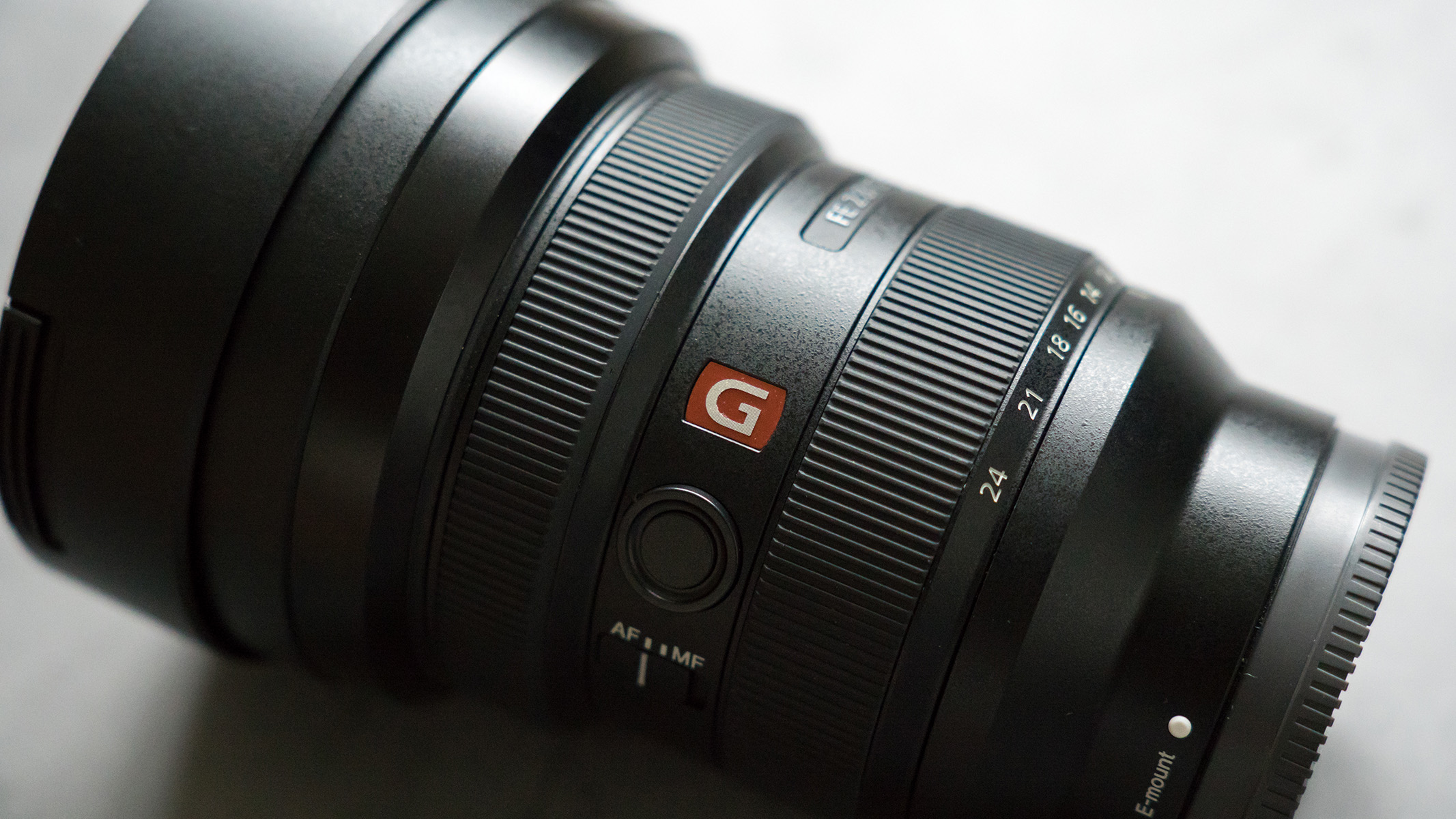
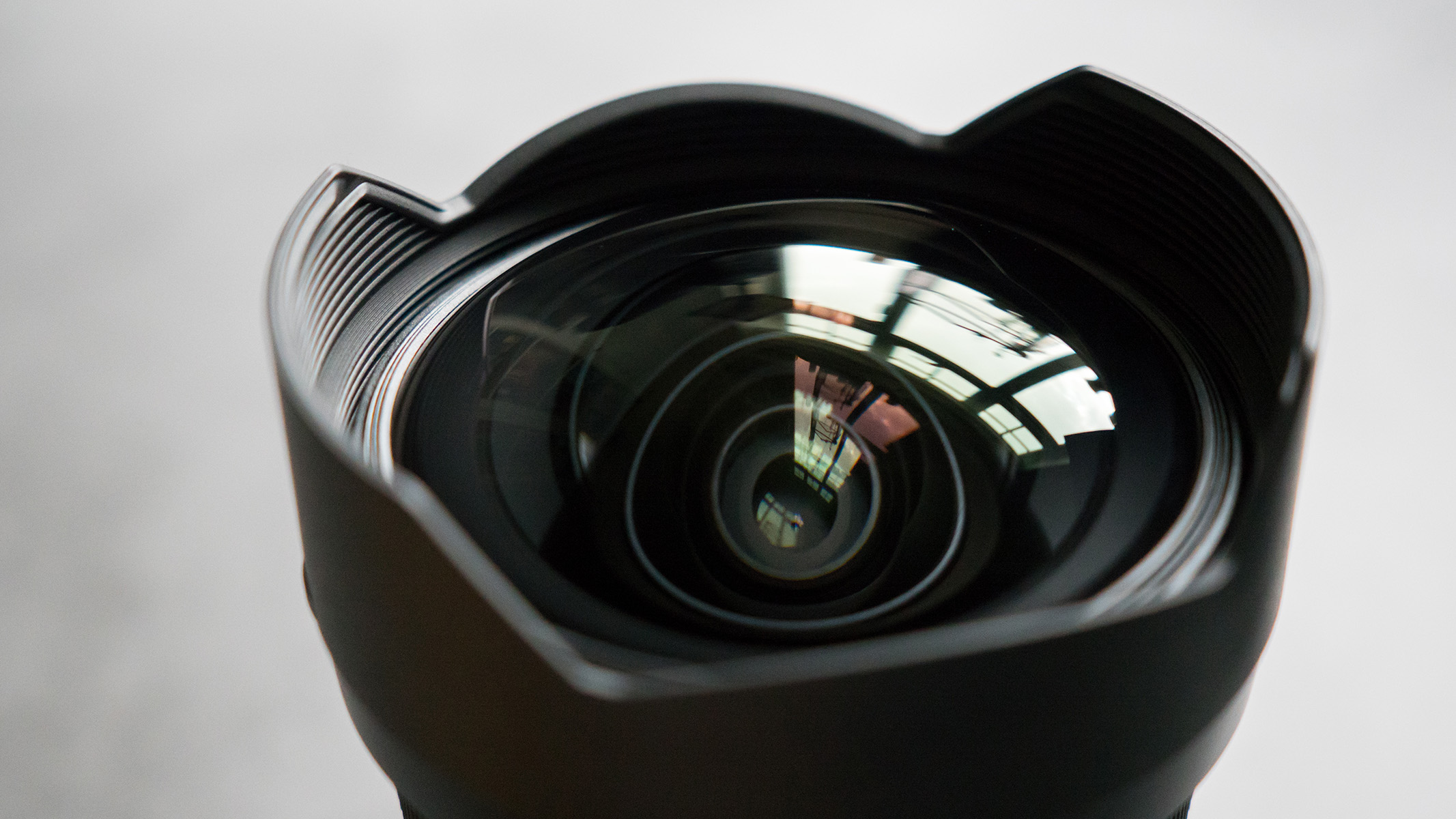
Specifications
Reasons to buy
Reasons to avoid
✅ You want a wide field of view: With its 12-24mm focal range, this lens captures its environment with stunning wide-angle results.
✅ You need speed: With such a wide-angle focal range combined with the f/2.8 maximum aperture, this lens has excellent light-gathering capabilities.
❌ You’re on a budget: This is an expensive and arguably specialist lens, so you may find it difficult to justify the expense.
❌ You shoot APS-C: If you have an APS-C Sony camera, you’ll be missing out on what makes this lens so special because the equivalent focal range is 18-36mm.
🔎 The Sony FE 12-24mm f/2.8 G Master is an exceptionally high-quality lens with an extremely useful ultra-wide-angle focal range. It’s certainly not cheap, but this is a lens that won’t let you down if you require an ultra-wide-angle zoom with a fast maximum aperture. ★★★★
The Sony FE 12-24mm f/2.8 G Master is an absolute beast thanks to its ultra-wide-angle focal range and fast f/2.8 maximum aperture. It’s undoubtedly an expensive lens, but there are few options quite like it for full-frame Sony E-mount cameras, so if you need this focal range, it’s a difficult lens to beat, as we mentioned in our Sony FE 12-24mm f/2.8 G Master review.
Design: Being a Sony G Master lens, build quality is excellent, and the fluorine-coated front element helps to keep dust and dirt at bay. The front element is, however, bulbous, which means filter options are limited to large and expensive 150mm square filters. It’s also heavy at 1.8 lbs / 847 g, although it is weather-sealed, making it ideal for long nights capturing the stars.
Performance: Image quality is great with sharpness at an impressive level. There is some vignetting at 12mm when shooting at f/2.8, which is to be expected, but this can be easily removed in editing software. These settings are ideal for astrophotography, while the overall focal range further increases its usefulness when shooting a range of night sky compositions.
Functionality: The main features of this lens are the focal range and maximum aperture. Manual focusing is smooth, while autofocus is fast and positive thanks to four XD Linear Motors. There’s also a customizable focus hold button that can be assigned with other functions using the camera menu.
Read our full Sony FE 12-24mm f/2.8 G Master review
Attributes | Notes |
|---|---|
Design | Excellent build quality but with a bulbous front element. |
Performance | Fantastic image quality with high levels of sharpness. |
Functionality | Ultra-wide-angle zoom range and fast aperture. |
Best wide-angle prime
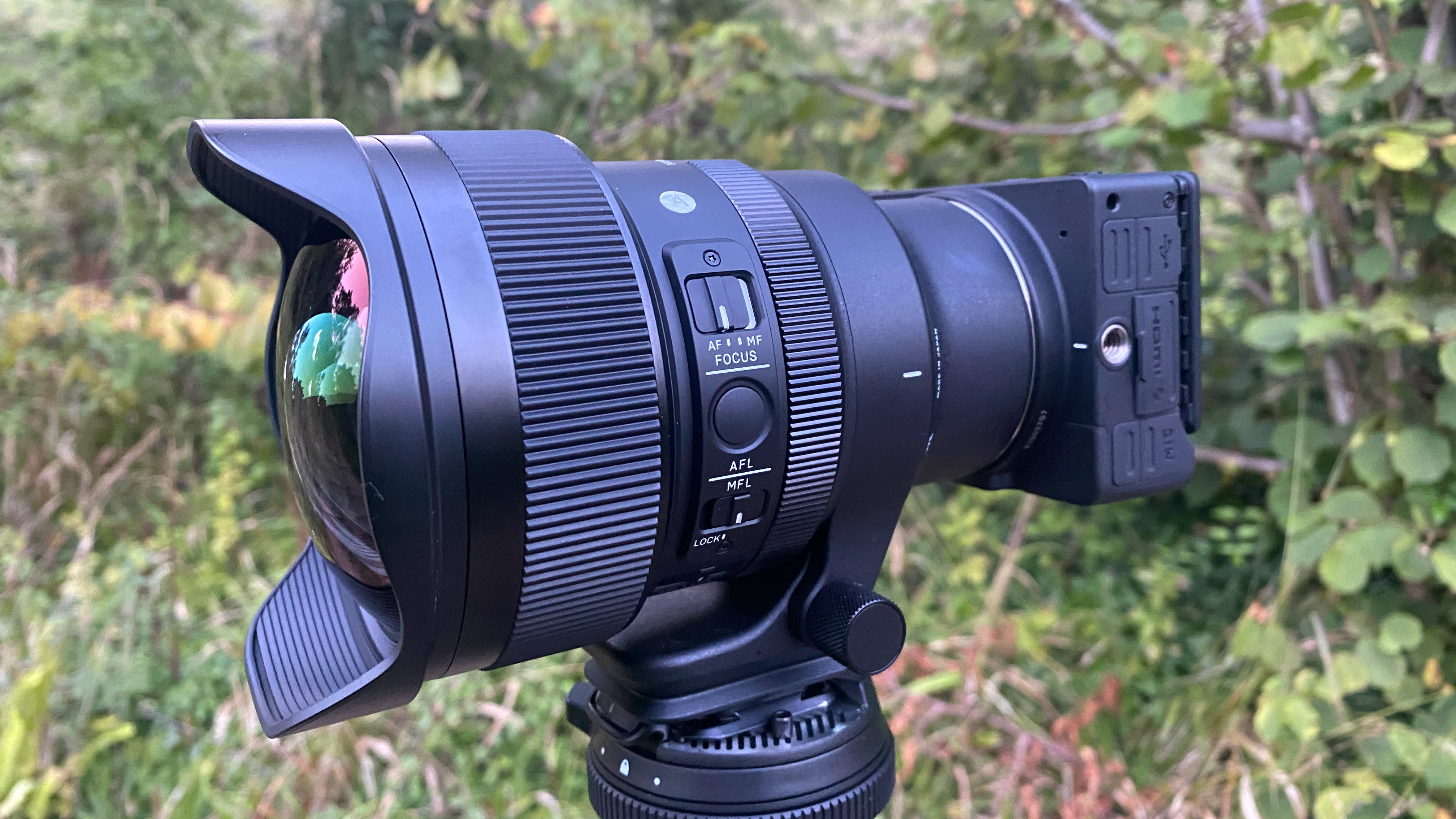
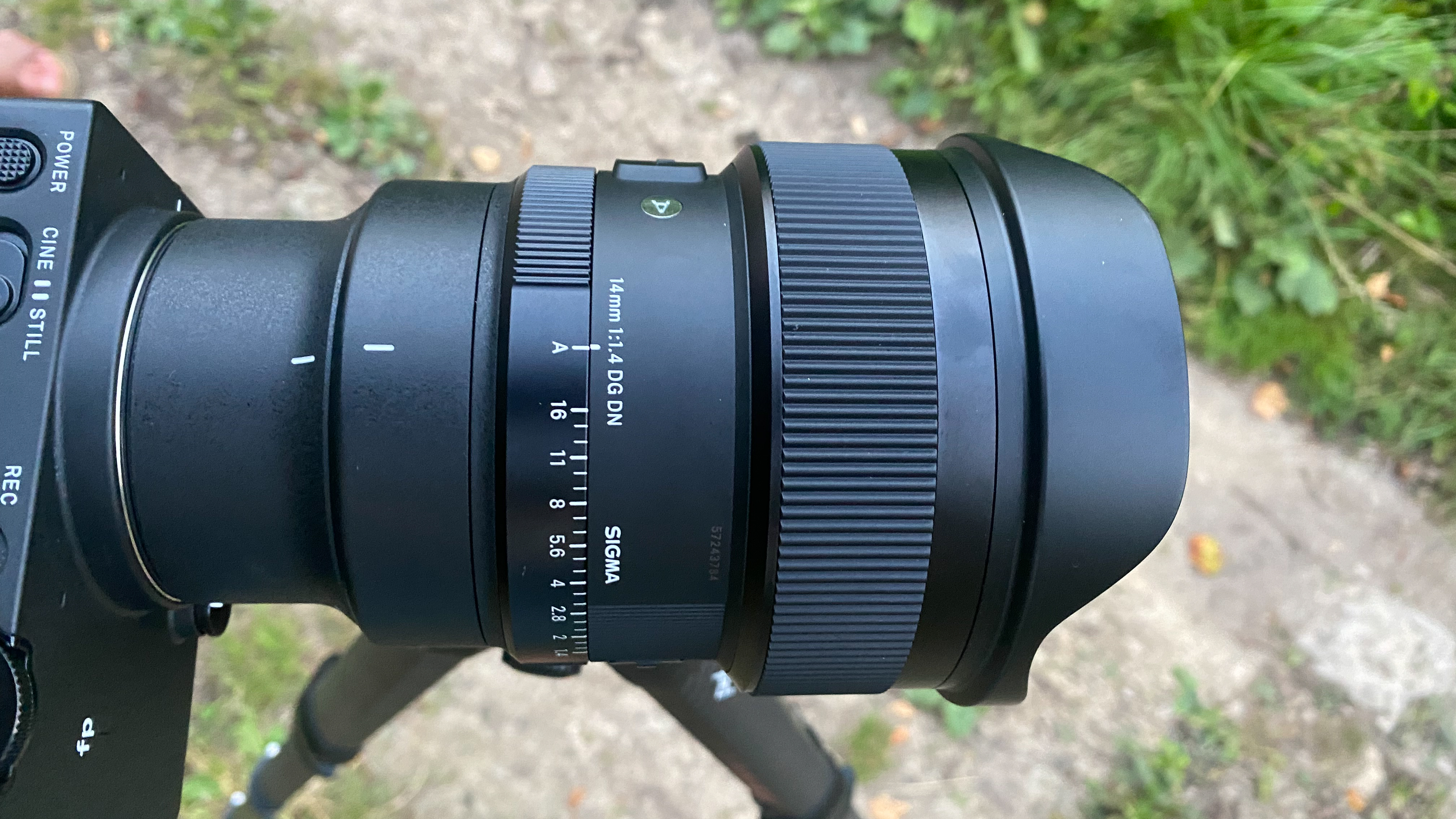
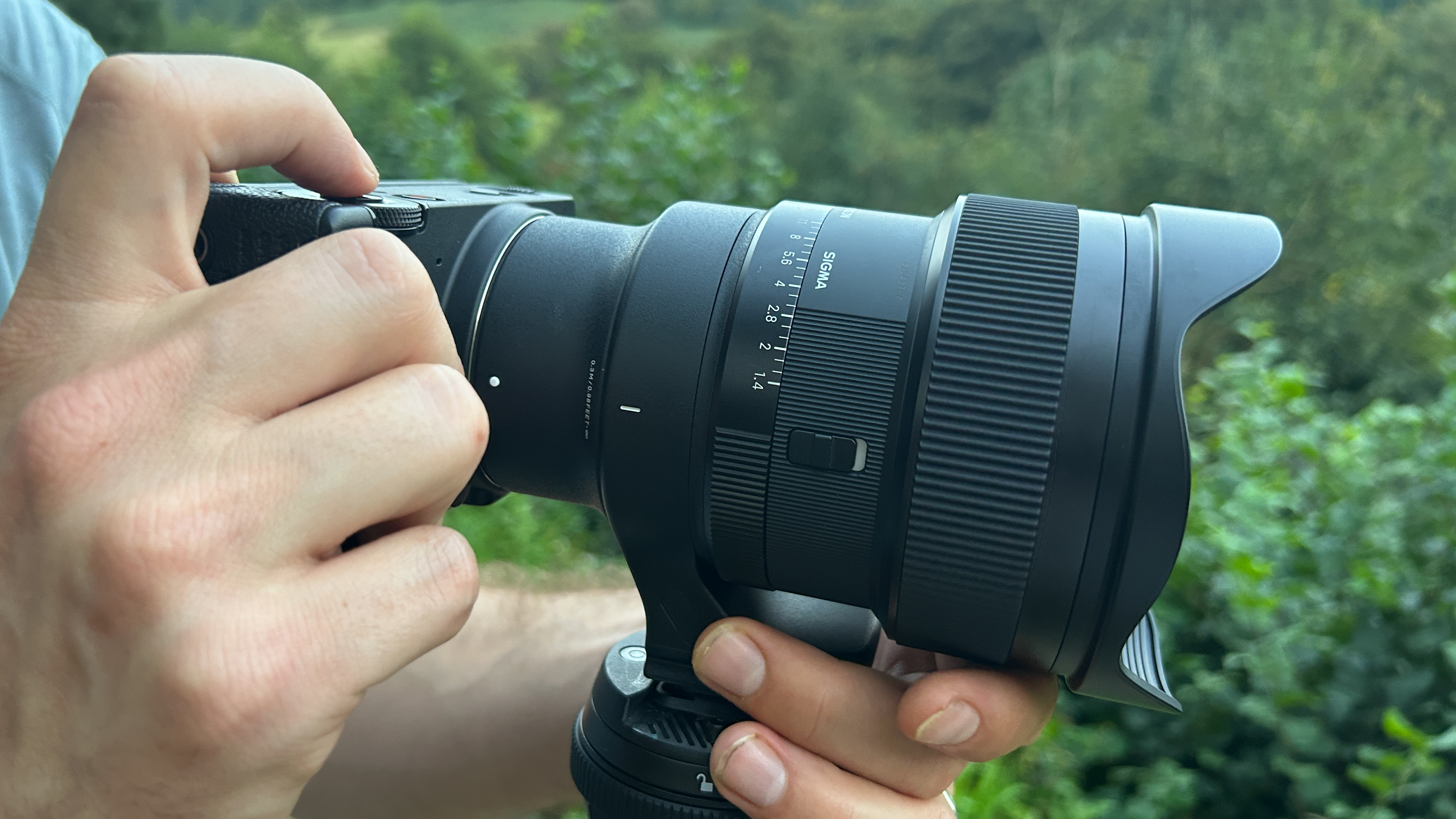
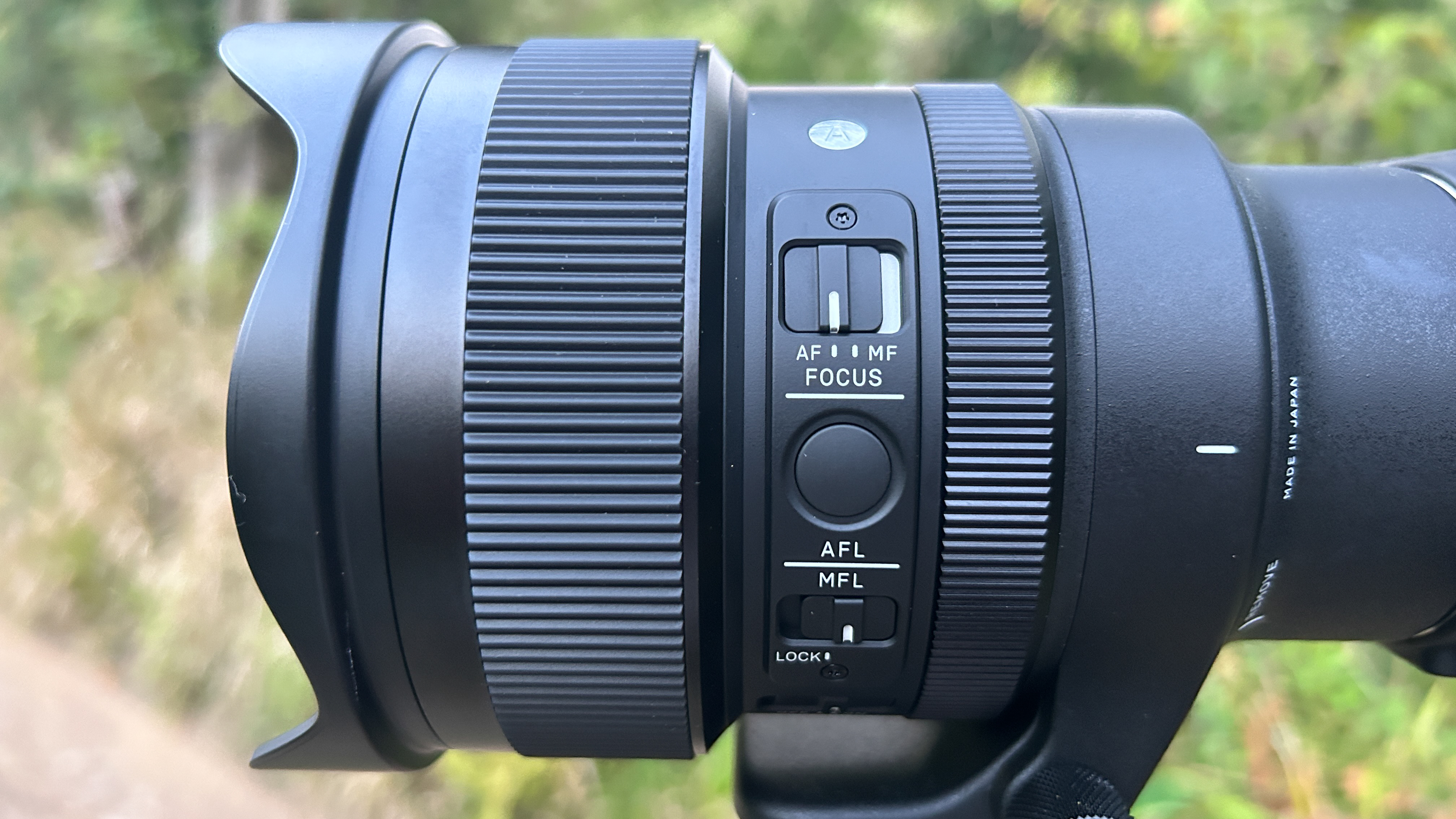
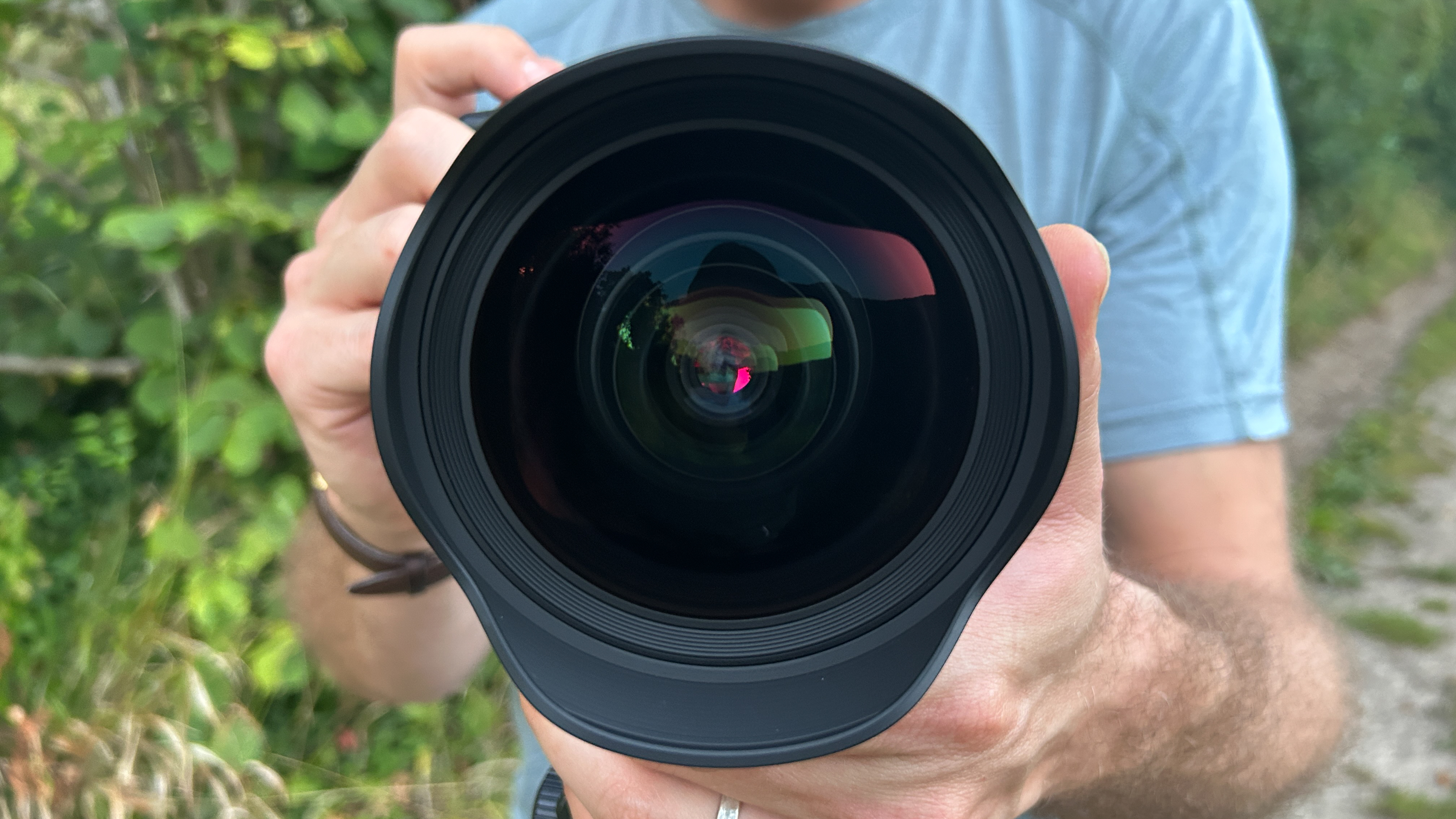
Specifications
Reasons to buy
Reasons to avoid
✅ You need a fast and wide prime: The Sigma 14mm f/1.4 DG DN Art is the fastest ultra-wide-angle prime available.
✅ You want excellent image quality: The image quality produced by this lens is nothing short of amazing, with well-controlled chromatic aberration and distortion.
❌ You want to travel light: This is naturally a large and heavy lens as a result of the focal length and maximum aperture combination.
❌ You’re on a budget: While the lens is priced as you’d expect, you can find alternative wide-angle primes at more affordable prices.
🔎 The Sigma 14mm f/1.4 DG DN Art is the world’s first lens of its type. It offers excellent build quality and durability, while the image quality produced by the lens is fantastic. It is, however, large and heavy, so it’s not as portable as many alternatives. ★★★★½
The Sigma 14mm f/1.4 DG DN Art is a unique combination of an ultra-wide-angle focal length prime coupled with a fast f/1.4 maximum aperture. It’s a technical marvel on many fronts, but this unique combination of main optical features does mean that it’s a rather large and heavy lens.
Design: This is pretty much a dream lens for astrophotographers shooting with Sigma L-Mount and Sony E-Mount cameras. Build quality is excellent, although the lens weighs in at 2.58 lbs / 1170 g. There is a tripod collar, which is essential, and the bulbous front element is protected to a degree by a built-in petal lens hood.
Performance: The image quality produced by this lens is nothing short of amazing. Chromatic aberration and distortion are well controlled, while overall sharpness, even in the corners of the frame, is impressive. These credentials alone make it ideal for astrophotography, landscapes, architecture and many more subjects, as we discussed in our Sigma 14mm f/1.4 DG DN Art review.
Functionality: The Sigma 14mm f/1.4 DG DN Art features a manual aperture ring and a large and smooth manual focus ring. There’s the usual AF/MF switch, a focus lock and a customizable button. Since the front element is large and bulbous, there’s a rear filter holder for sheet-type filters so landscape photographers can still use certain types of filters.
- Read our full Sigma 14mm f/1.4 DG DN Art review
Attributes | Notes |
|---|---|
Design | Exceptional build quality. |
Performance | Fantastic image quality. |
Functionality | Fast aperture and ultra-wide-angle field of view.
|
Best 85mm
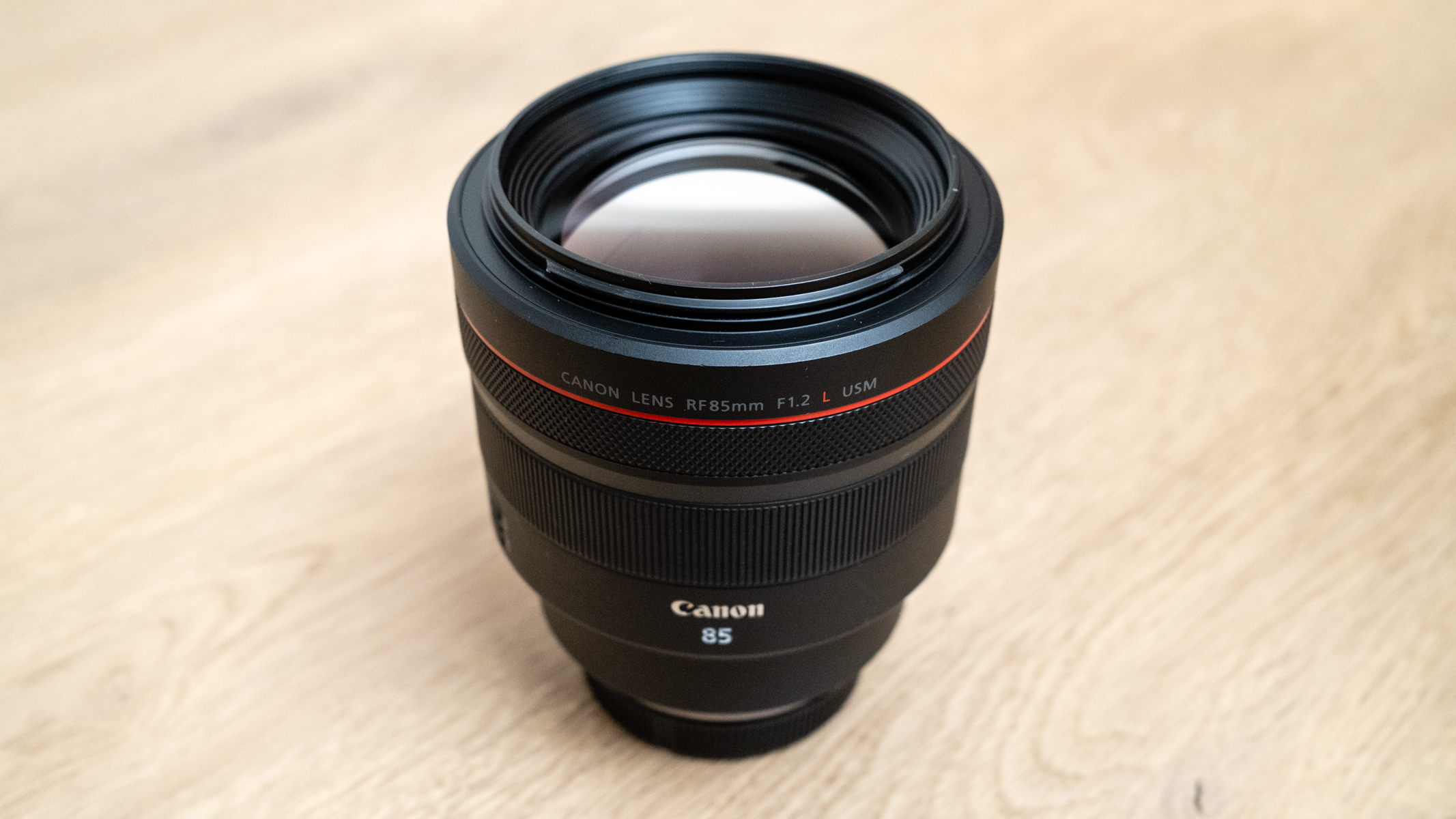

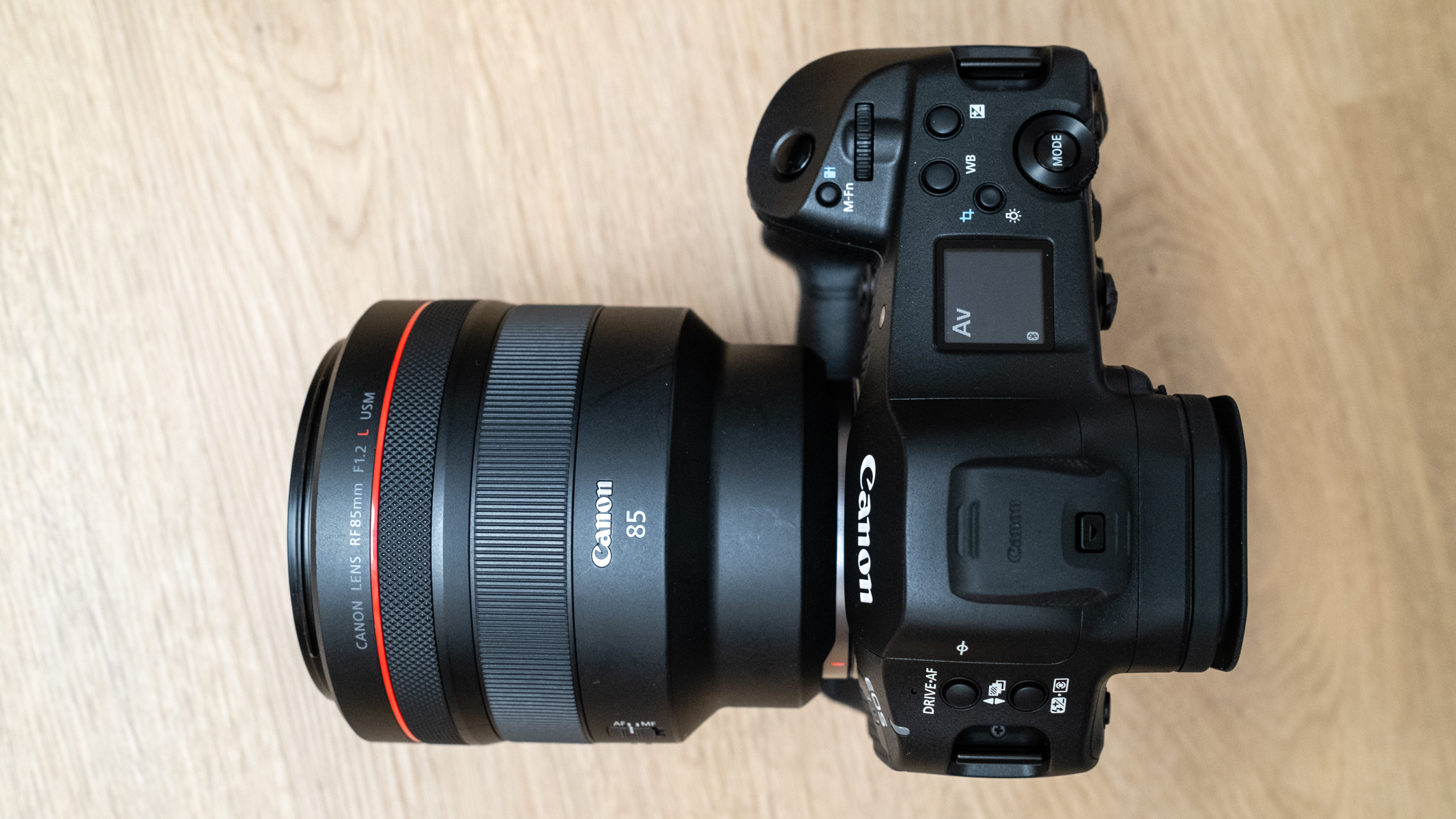
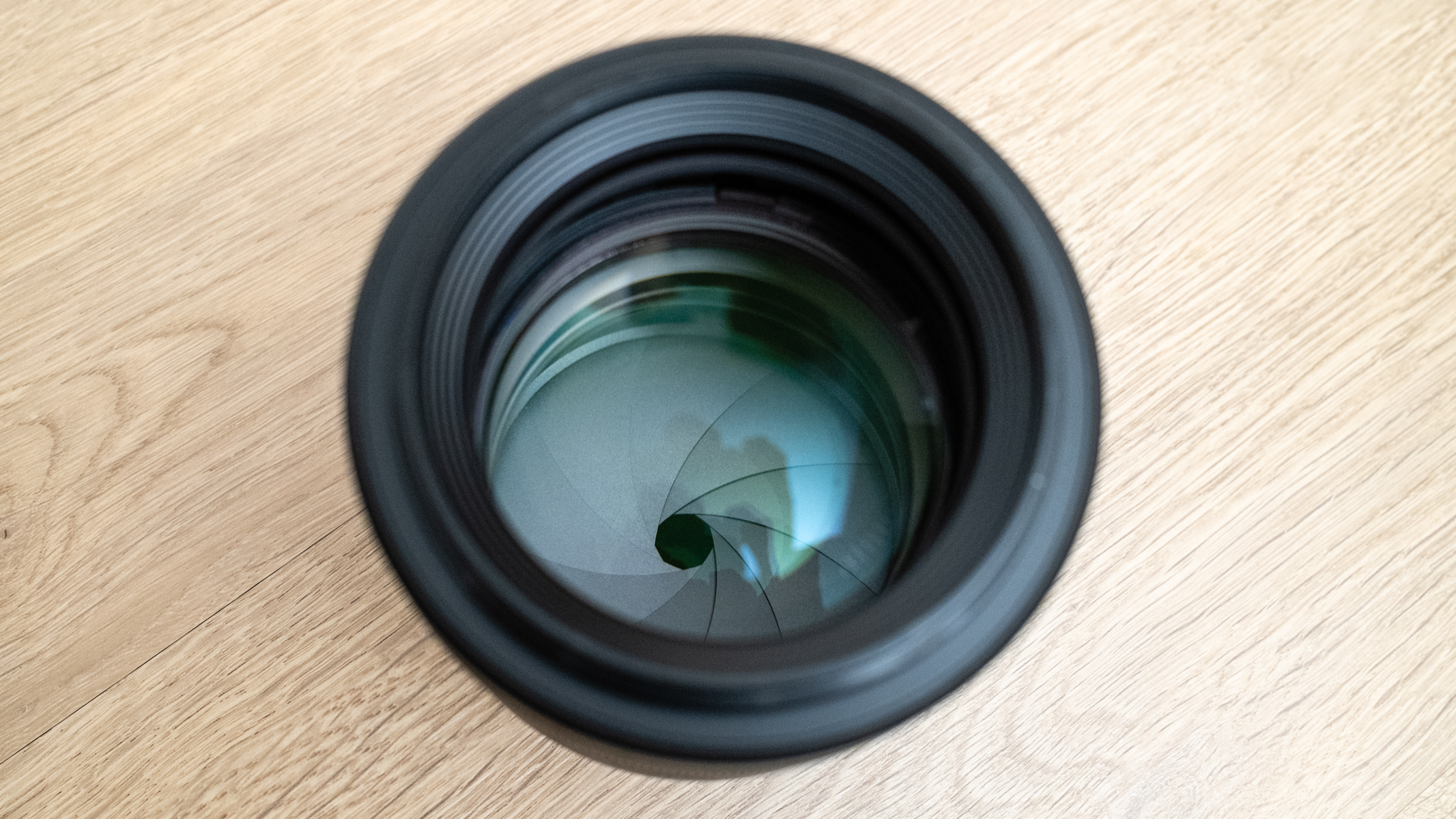
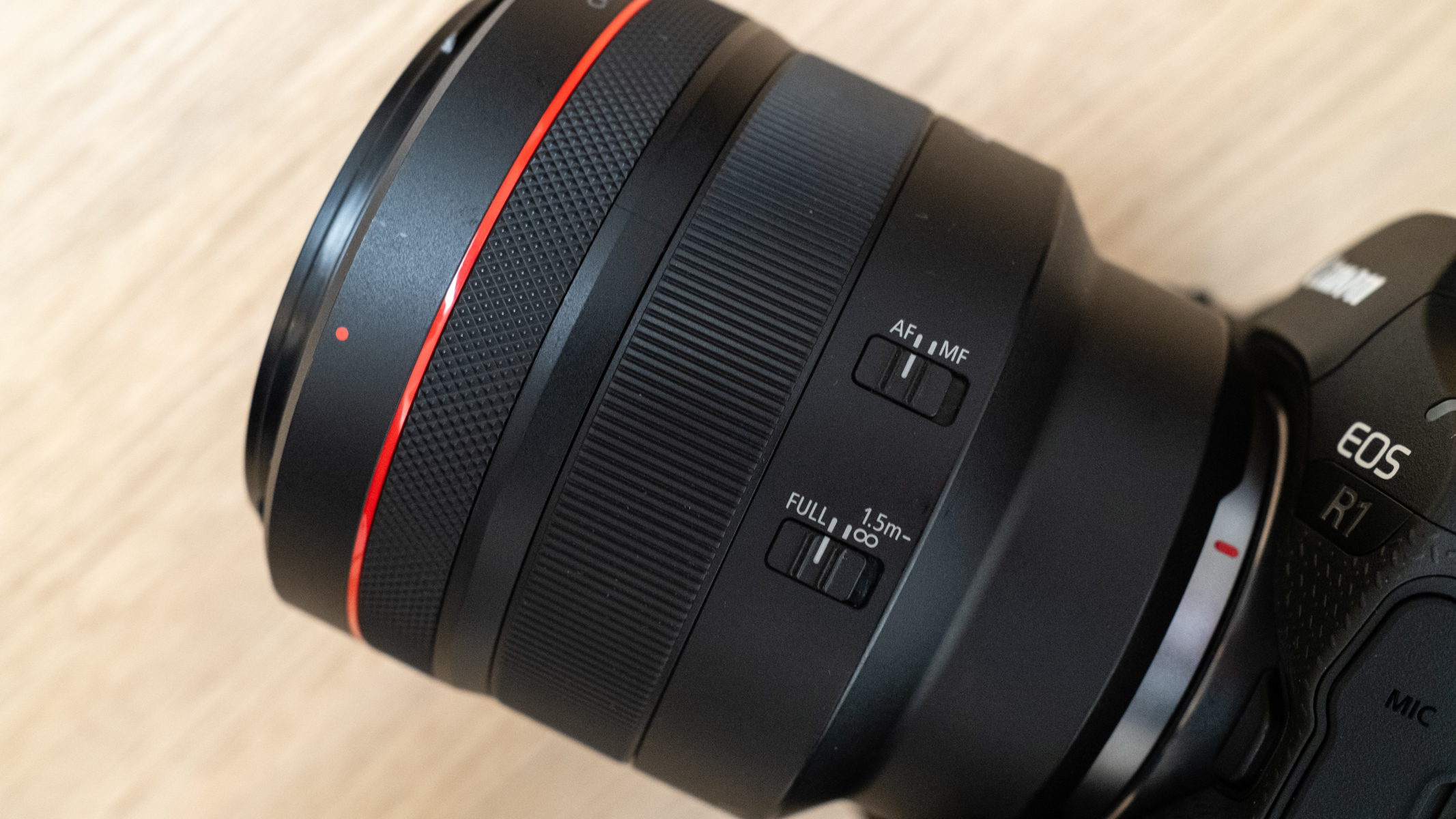
Canon RF 85mm f/1.2L USM lens
Our expert review:
Specifications
Reasons to buy
Reasons to avoid
✅ You need this focal length: 85mm isn’t the most obvious choice for astrophotography, but it’s a great option if you need a short telephoto prime.
✅ You’d like a fast aperture: With an f/1.2 maximum aperture, you can shoot at lower ISO levels when capturing the night sky.
❌ You’re on a budget: This is a high-end professional lens offering exceptional performance, so it’s always going to command a high price tag.
❌ You need a wide-angle: As obvious as it is, if you’d prefer a wide-angle prime lens, there are plenty of options available for all camera systems.
🔎 The Canon RF 85mm f/1.2L USM is a fantastic lens capable of producing excellent image quality throughout its aperture range. f/1.2 is particularly impressive, so it’s great for astrophotography if you need this focal length. ★★★★½
The Canon RF 85mm f/1.2L USM is the best and most impressive 85mm lens available, but only for Canon R-Series camera owners. Overall performance is excellent, and this is one of those lenses that makes you want to shoot with it because of how well it handles and the excellent image quality it produces. The filter thread size is 82mm, which is large for a short telephoto prime like this.
Design: This is an L-Series lens, so build quality is excellent with smooth operation across the board and weather sealing to boot. With such a large maximum aperture, the lens is heavy and bulky, but it’s not overly cumbersome whether shooting handheld or with your camera tripod mounted.
Performance: Image quality is fantastic straight out of camera with minimal lens corrections, if any, required in editing software. There is a vignette wide open, but this is easily removed. Sharpness is fantastic at f/1.2, and it improves further as you stop down. The great thing about the maximum aperture is that it allows you to shoot at lower ISO levels for improved image quality overall.
Functionality: Being a prime lens, features are minimal beyond the aperture and focal length. Image quality is its ultimate feature. There is, however, a lens control ring that can be customized to apply certain settings. This is useful for video capture, but it’s easy to turn accidentally in the dark so it’s best left unassigned when shooting astrophotography.
Our full Canon RF 85mm f/1.2L USM review is coming soon
Attributes | Notes |
|---|---|
Design | Excellent weather-sealed build. |
Performance | Impressive levels of sharpness. |
Functionality | Features are simple, but handling is excellent. |
Best fisheye

Canon EF 8-15mm f/4L Fisheye USM
Our expert review:
Specifications
Reasons to buy
Reasons to avoid
✅ You’d like a distorted wide view: Fisheye lenses are known for their unique ultra-wide barrel distorted images.
✅ You’d like a circular view: This fisheye lens, when used with full-frame cameras, produces a circular fisheye image at 8mm.
❌ You don’t want an adapted lens: If you shoot with a Canon mirrorless camera, you’ll need the Mount Adaptor EF-EOS R to use this lens.
❌ You want a more versatile lens: Fisheye lenses are a lot of fun, but many photographers may find that their use of the lens is limited compared to other optics.
🔎 The Canon EF 8-15mm f/4L Fisheye USM is the kind of lens you’re likely to have fun using. Plus, it can be a great option for ultra-wide-angle astro shots. The lens can produce circular and frame-filling images when used with a full-frame camera. ★★★★
The Canon EF 8-15mm f/4L Fisheye USM is arguably one of the best quality fisheye lenses available being a Canon L-Series lens. It works with full-frame, APS-H and APS-C cameras, although being an EF lens, you’ll have to use the Canon Mount Adaptor EF-EOS R if you intend to use it with a Canon R-Series mirrorless camera.
Design: This is a compact and lightweight fisheye lens with the standard bulbous front element. Build quality is excellent with dust and moisture resistance. The front element features a fluorine coating to help repel dust and dirt, although that front element does feel vulnerable to damage. Care when using the lens is required, so the removable lens hood is essential.
Performance: Image quality is superior to the average fisheye lens, although chromatic aberration is visible towards the edges of the frame alongside vignetting at f/4. Sharpness is, however, impressively high. The minimum focus distance is also just 20cm, so you can get creative when capturing subjects close up.
Functionality: Features are pretty basic, but it’s the focal range and optical effects of the lens that will make it attractive to some photographers. The lens is compatible with APS-C, APS-H and full-frame cameras, and although the f/4 maximum aperture isn’t the fastest, it’s still an interesting lens for astrophotography.
Canon EF 8-15mm f/4L Fisheye USM review coming soon
Attributes | Notes |
|---|---|
Design | Standard fisheye design but with excellent build quality. |
Performance | Impressive image quality for a fisheye lens. |
Functionality | Simple features but solid handling overall. |
How we test the best lenses
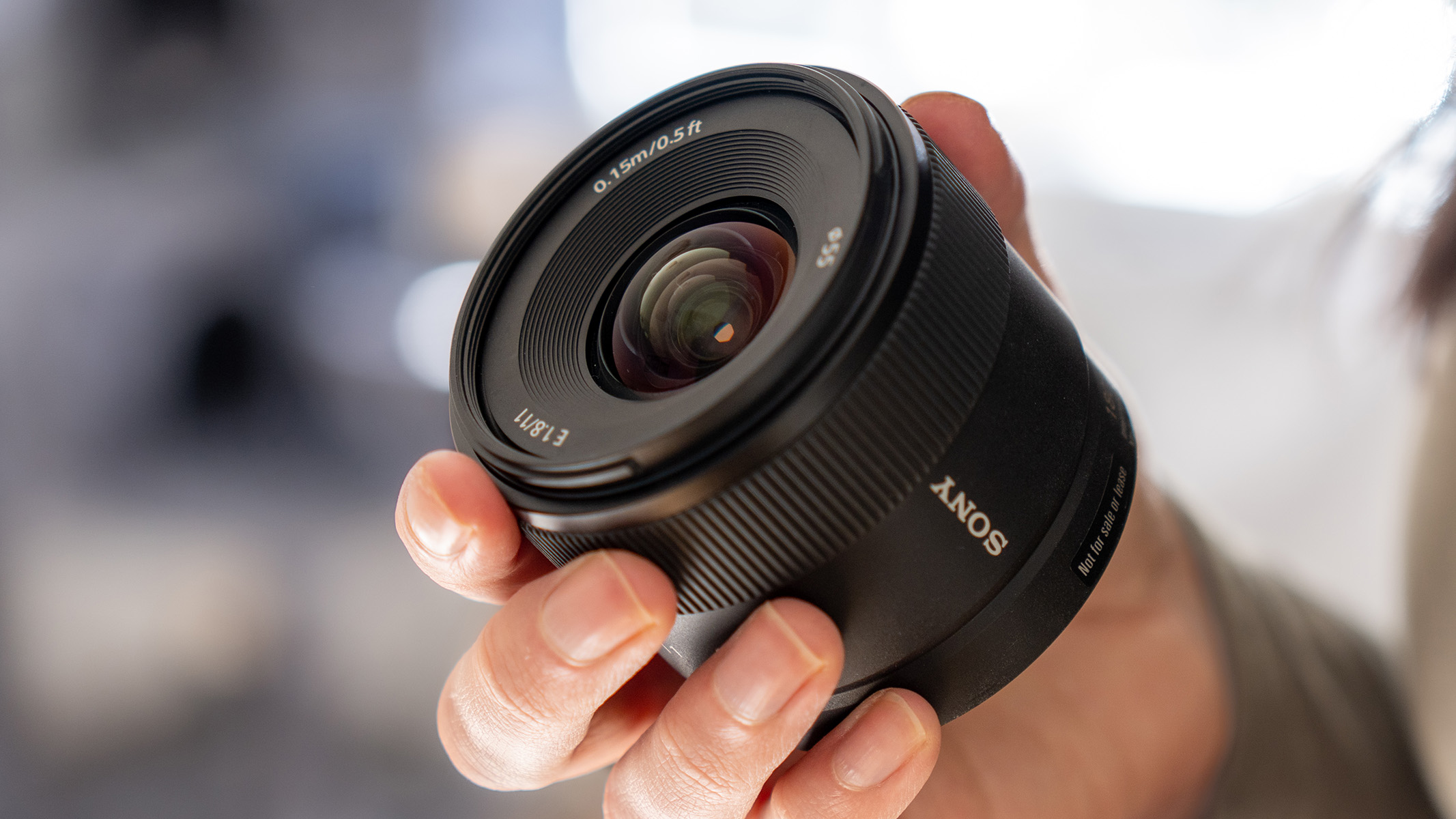
Lenses are tested by our expert staff or freelance contributors who have a wealth of photography knowledge and experience. Every lens test follows strict real-world testing, where every feature and all functions are tested to assess overall performance.
For image quality, a wide variety of test photos are captured to compare and contrast settings and to check sharpness, distortion and other image quality defects. These are backed up by capturing photos of subjects relevant to Space.com readers.
With complete editorial independence, Space.com is here to ensure you get the best buying advice on camera lenses, whether you should purchase one or not, making our buying guides and reviews reliable and transparent.
Best camera lenses frequently asked questions
Which lens is best for me?
The best lens for you will first and foremost depend on the lens mount of your camera. You have to choose a compatible lens, or it simply won’t attach to your camera. Secondly, you need to decide which focal length or focal range will provide the field of view you’re aiming to capture. Cost is a factor for many photographers, too, but buying the best glass you can afford is always recommended.
Prime or zoom camera lenses? Which is better?
Zoom lenses provide maximum flexibility with a typically slower maximum aperture than prime lenses. Prime lenses, on the other hand, have a fixed focal length and a typically faster maximum aperture as fast as f/1.2. Prime lenses with fast maximum apertures are a firm favourite among astrophotographers, although some zoom lenses can still be extremely useful.
Is Image Stabilization important in a camera lens?
Image Stabilization is most important when you plan to use a lens handheld and want to shoot at the lowest ISO settings possible for the conditions. It can also be useful when capturing video handheld. For astrophotography, however, you’ll need to shoot with the camera attached to a tripod, so this feature isn’t required in this situation.
Should I buy third-party or OEM camera lenses?
Third-party lenses from manufacturers such as Sigma can produce better quality than OEM lenses, depending on the lens itself. Not always, but both types of manufacturers create low, medium and high-quality lenses. The great thing about having both options available to you is that it opens up many more lens options, which ultimately means there’s a much higher chance of finding the perfect lens for you.
Join our Space Forums to keep talking space on the latest missions, night sky and more! And if you have a news tip, correction or comment, let us know at: community@space.com.
Get the Space.com Newsletter
Breaking space news, the latest updates on rocket launches, skywatching events and more!
James is an award-winning freelance landscape and portrait photographer, as well as a highly experienced photography journalist working with some of the best photography magazines and websites with a worldwide audience. He’s also the author of The Digital Darkroom: The Definitive Guide to Photo Editing. www.jamesaphoto.co.uk
- Harry BennettE-commerce Staff Writer

